Global thinkers / Global
Different class
Whether it’s airlines or artisan wines, when it comes to inspiring new ventures, staying true to an idea is key. We’ve searched hotels, restaurants, business hubs and remote islands to learn lessons from those achieving success by doing things their own way.
HOW TO...
develop a neighbourhood
Amsterdam’s waterside revival
The blustery harbourside expanses, austere tower blocks and rusty warehouses of Noord may not be the stately idyll that Amsterdam postcards are made of. But that’s precisely its appeal for the new generation of creatives and entrepreneurs who’ve made it hot property.
It was the art scene pioneer Eva de Klerk who saw the potential of the former Dutch shipbuilding yards at ndsm. A decade ago, she worked with local government and unemployed artists to create Art City, a network of workshops where creatives from set-builders to conceptual artists were given free reign. Now major commercial businesses, from mtv to Dutch retailer hema, are following suit. “Because the city of Amsterdam owns most of the land in Amsterdam Noord, that means we’re in a position to steer the developments,” says Hans Gerson, director of the Projectbureau Noordwaarts development corporation.
Next door, on the Overhoeks section of the Noord waterfront that was formerly home to the Shell’s Dutch HQ, developer Vesteda was among the first to see the potential for slick live-work developments. “Accommodation in this part of town used to be 80 per cent social housing,” says Nico Mol, Vesteda’s head of project development, who points out that the city’s reconfigured Central Station also no longer has its back to the district.
Cheaper options remain, such as the up-and-coming Van der Pekbuurt quarter. This neighbourhood of low-rise garden dwellings designed to house shipyard workers is where Niels Wouters – whose successful Hotel de Goudfazant restaurant started the trend for warehouse dining in the area – recently opened his second Noord venture, Café Modern. “I think the local government is really encouraging entrepreneurship here,” he says. “But when I opened my first restaurant in 2006, my friends thought I’d gone mad. Now it’s perfectly normal for locals to catch a ferry over here just to eat.”
Top three tips
Explore the unexplored
Even if your peers think you’ve gone crazy, play the conquistador role and set foot in the districts where no one else has.See the possibilities
It’s the untouched bits that have all the potential: seek urban quarters where developers have not bulldozed old warehouses.Don’t be afraid to get government support
Just as Eva de Klerk did, get the local council to back the project. And this is not just about money but also goodwill.
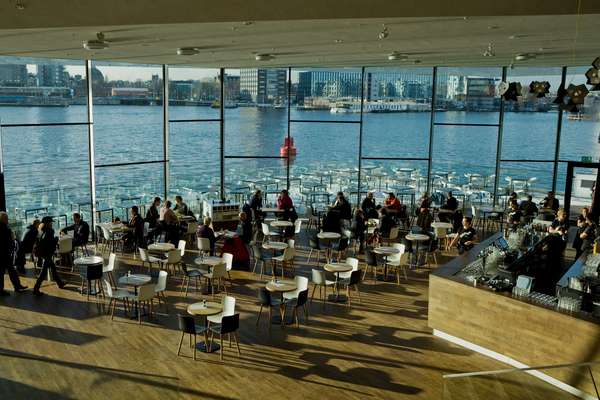
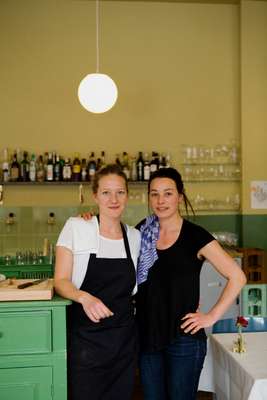
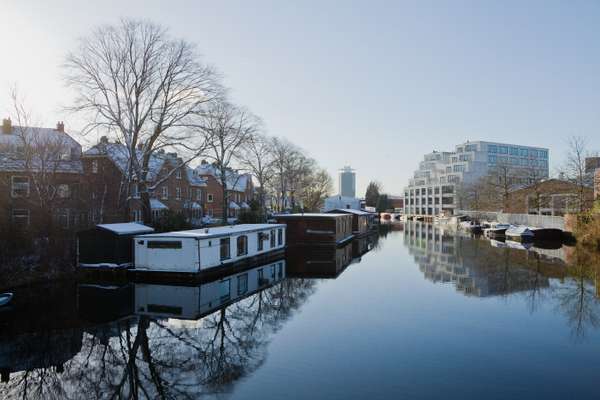
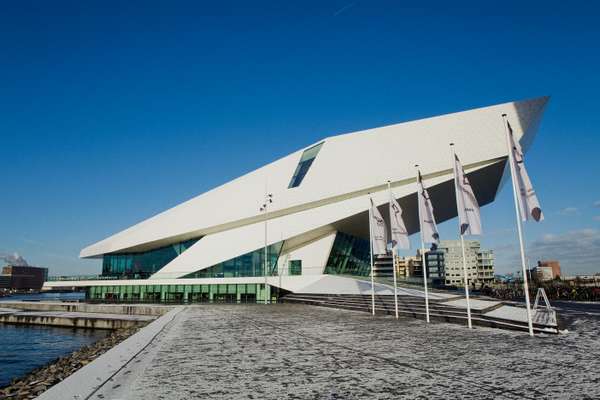
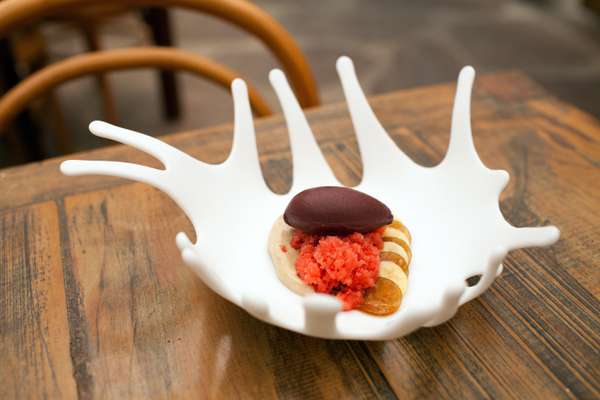
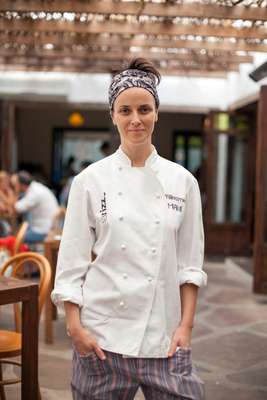

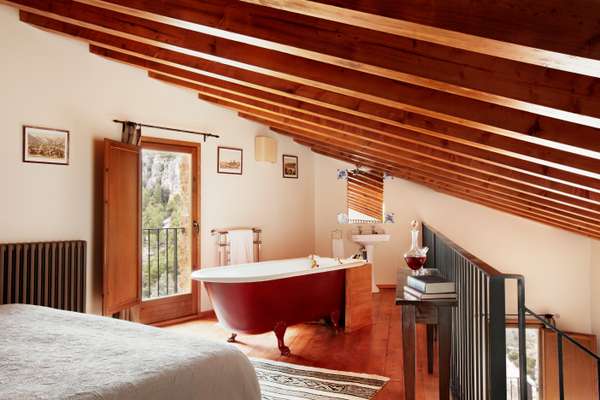
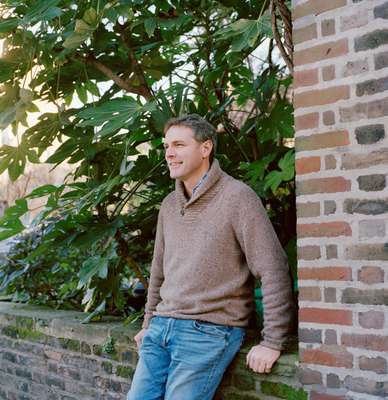
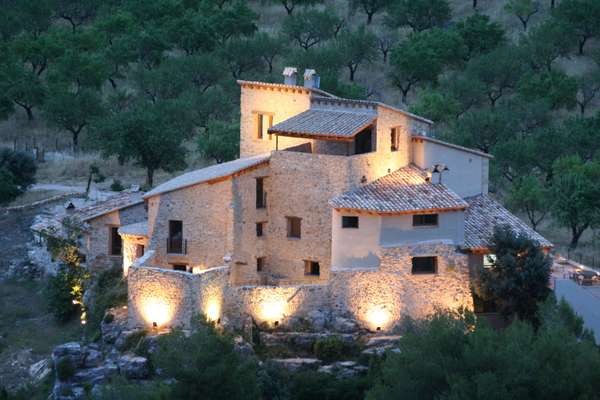
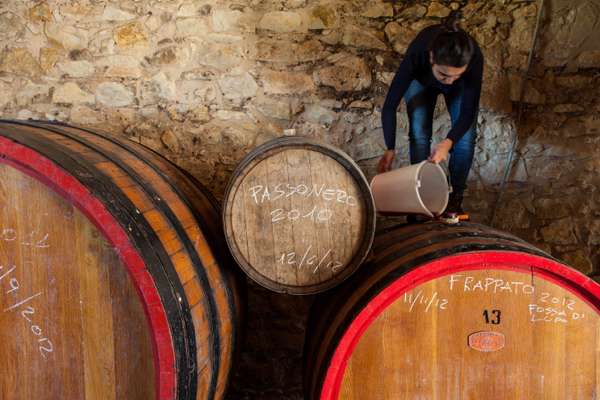
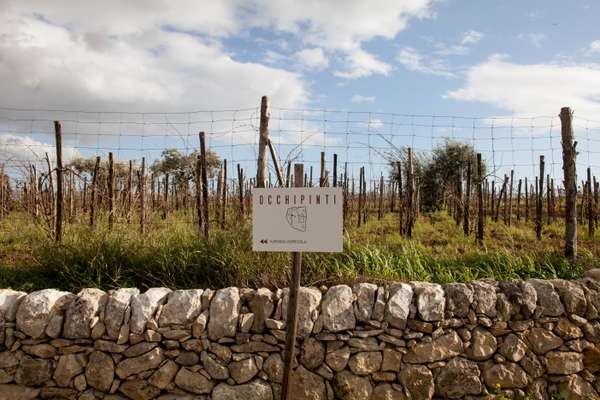
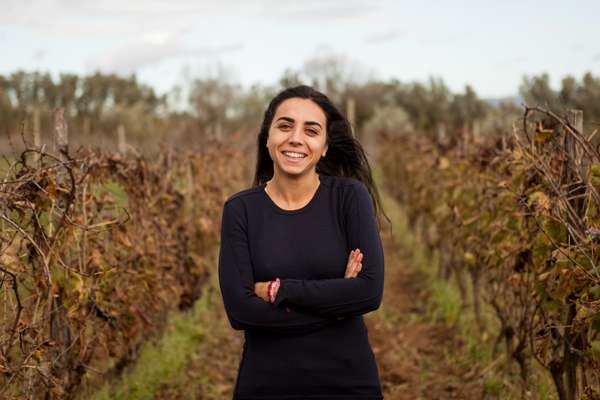

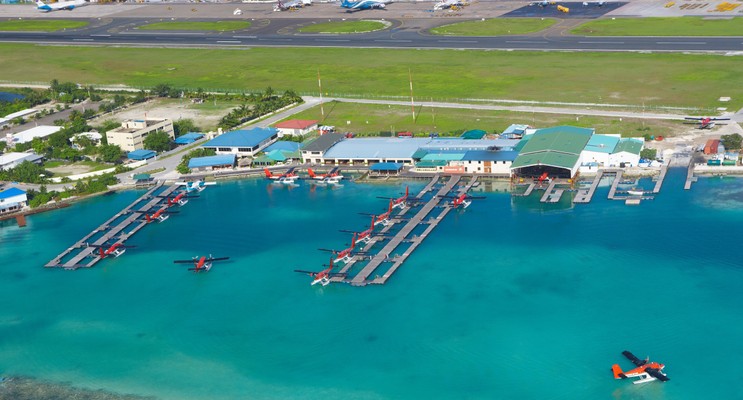

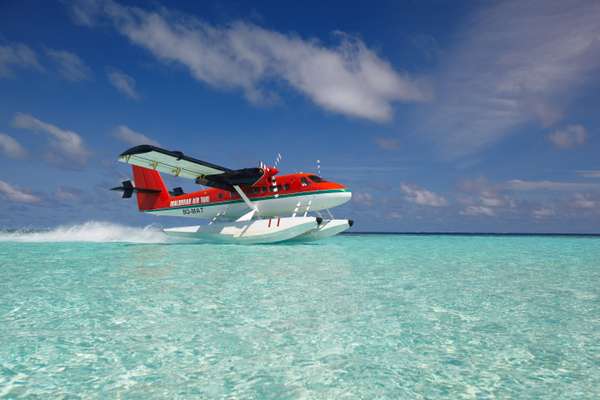
HOW TO...
run a neighbourhood restaurant
São Paulo’s easygoing eat-stop
A discreet rustic wooden door in the Pinheiros district gives way to one of the best restaurants in Brazil. Maní, founded in 2006 by chef and former model Helena Rizzo and four other partners, initially started as a place created by friends for friends. “Maní has to do with my own lifestyle, I like to be surrounded by my acquaintances,” says the 34-year-old cook. “We wanted a homey atmosphere, with no pomp or rigid rules.” To help her run the kitchen is Catalan chef Daniel Redondo (who also happens to be Helena’s husband) and 25 cooks. The couple’s main challenge was convincing locals to pay premium prices for local ingredients while creating a strong bond with product suppliers. “When you deeply believe in what you are doing, you just need to be patient and wait for recognition. It happens organically,” Helena says.
manimanioca.com.br
Top three tips
- Prepare
Helena spent four years training in restaurants around Spain, including the legendary El Celler de Can Roca. Make recognisable food
Create modern dishes with traditional ingredients which locals are familiar with.Stick to what works
Most dishes have been on the menu since day one, such as the fake dumplings made with the hearts of palm, filled with courgette and served with melon, almonds and sage butter.
HOW TO...
start a hotel – if you’re not a hotelier
Spain, the long way round
When English TV producer and cameraman Alasdair Grant embarked on a road trip through rural Spain, he wasn’t anticipating the expedition to have an irrevocable effect on his working life. It was 1992 when he arrived in the isolated town of Teruel in Spain’s northern Aragon region. “I discovered this beautiful medieval stone farmhouse on a hill and knew that this was the place for a hotel,” he tells Monocle. “There was just a mule track when I first bought it and so I had to build a new road and even lay the water pipes and electricity cables,” he says. “Being a producer really helped in bringing the right people and resources together,” he adds, “but it also helped me to gain acceptance from the locals.” The construction itself would take seven years (mostly delayed due to a financial crisis he wasn’t expecting) but Alasdair knew that recreating the feeling of an authentic country house was going to take time. “Ensuring quality at every turn and really trying to bring the wilderness to my guests were my focal points,” he says. Alasdair is adamant that his lack of experience as a hotelier is what makes his approach work. “I wanted to recreate the childhood days spent at our own country house in England and let the guests enjoy the simple life, as it once was.”
masdelaserra.com
Top three tips
Pave the road (literally)
Alasdair’s century-old farmhouse was in an unconnected area until he laid new road, pipes and electricity cables.Bond with the locals
“I forged closer relationships by getting to know them – I even held a screening of my travel documentaries.”Use what you know
Alasdair had no previous experience as a hotelier but transferred his TV production skills to the hotel and it worked.
HOW TO...
make your own wine
Sicily’s natural wonder
Italian wine has undergone a renaissance in recent years and in Sicily, Arianna Occhipinti, 30, has attracted sophisticated palates with her natural wines made from Nero d’Avola and Frappato, red grapes from the island’s southeast corner. Since her first vintage of 4,000 bottles in 2004, the Milan-trained enologist has gone against standard winemaking practices. “I make wine in a natural way without chemicals or fertilisers. The focus is on agriculture, not the cellar. The grapes are good to start with.”
Her vineyard outside Vittoria sits on chalky soils where, in place of commercial strains, grapes are fermented with native yeasts and undergo a long maceration with the skins. No fining or filtering occurs and minimal levels of sulphur dioxide are added at bottling. Occhipinti makes single-variety reds and the local Cerasuolo di Vittoria blend, which is aged four years in oak. Her entry-level wines sold under the sp68 label – named after the nearby provincial road – include a mix made with Albanello, a nearly extinct local white grape. “What’s in fashion doesn’t interest me. I want to make wines that are unique,” she says.
Top three tips
Go against the grain
Why produce the same wine everyone else is making?Respect produce
Keep it free of by nasty chemicals.Stay focused
Corner a niche market. Biodynamic wines are only starting to become popular and Arianna has been an important part of this.
HOW TO...
set-up a one-man airline
The Maldives’ island-hopper
In 1991, Danish racecar driver Lars Erik Nielsen was on holiday in the Maldives when he decided to launch an airline. Though he has a diverse background (working in shipping, property and mechanical engineering), he had no specific experience with air carriers but he saw an obvious market waiting to be served. “We were subjected to a boat transfer of six hours to reach our resort and everybody got seasick,” says Nielsen, founder and Chairman of Maldivian Air Taxi. “I saw an opportunity to do something better.”
He spent a year shuttling to the Maldives to set up the carrier and on his fourth trip he was granted an Air Operator Certificate and started operations with two aircrafts, a Cessna 208 Caravan and a leased De Havilland Twin Otter. Maldivian Air Taxi would come to employ over 400 people, operate a fleet of 20 seaplanes and significantly contribute to tourism growth in the Maldives. “You have to have a niche product. I have one that happens to fly,” say Nielsen. “It was a one-man show for the first 12 months but I quickly found good people to help. Without them we wouldn’t have gone anywhere.”
Top three tips
Provide service people want
Maldivian Air Taxi provides seamless airport to beach transfers with no added fuss.Hire the right people
Nielsen credits his staff as being integral to his success.Grow cautiously
Maldivian Air Taxi started small and has never rushed to add planes.


